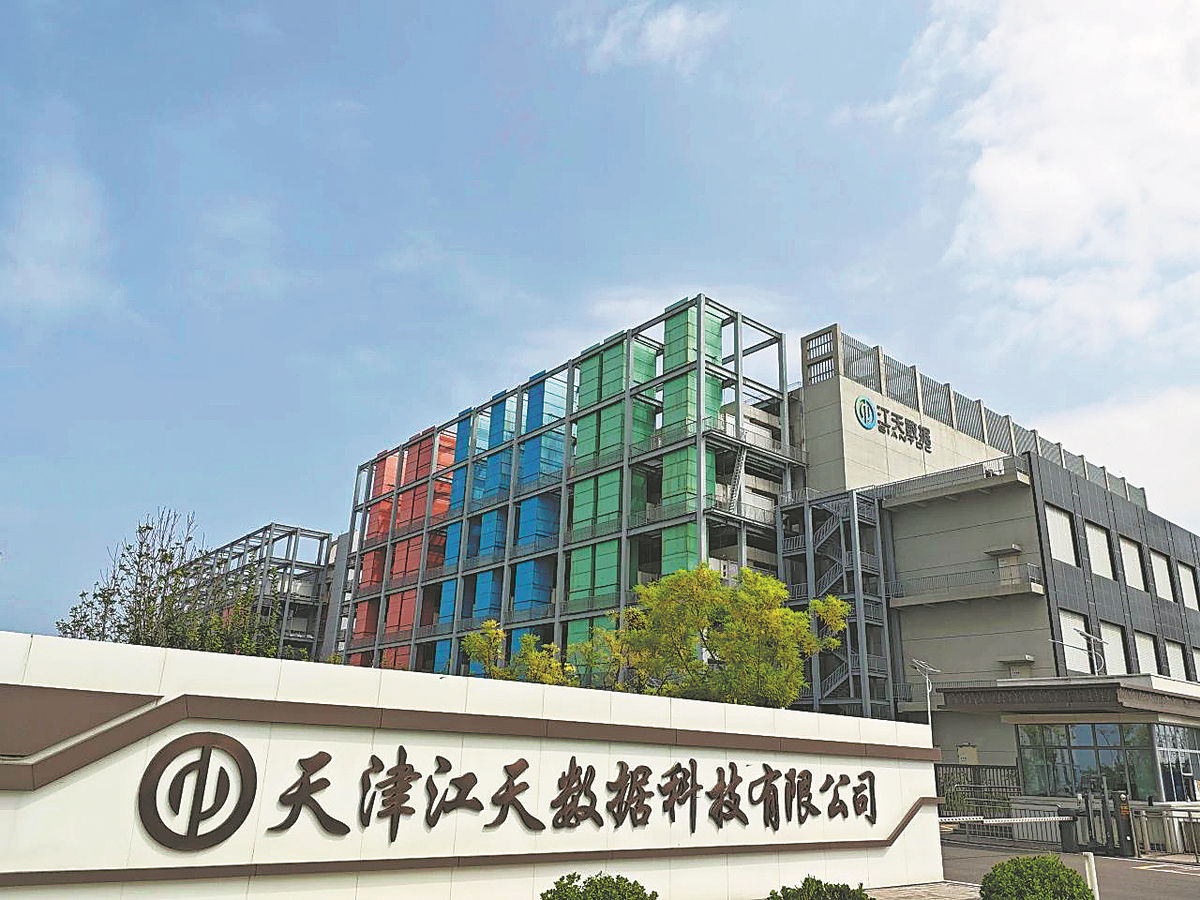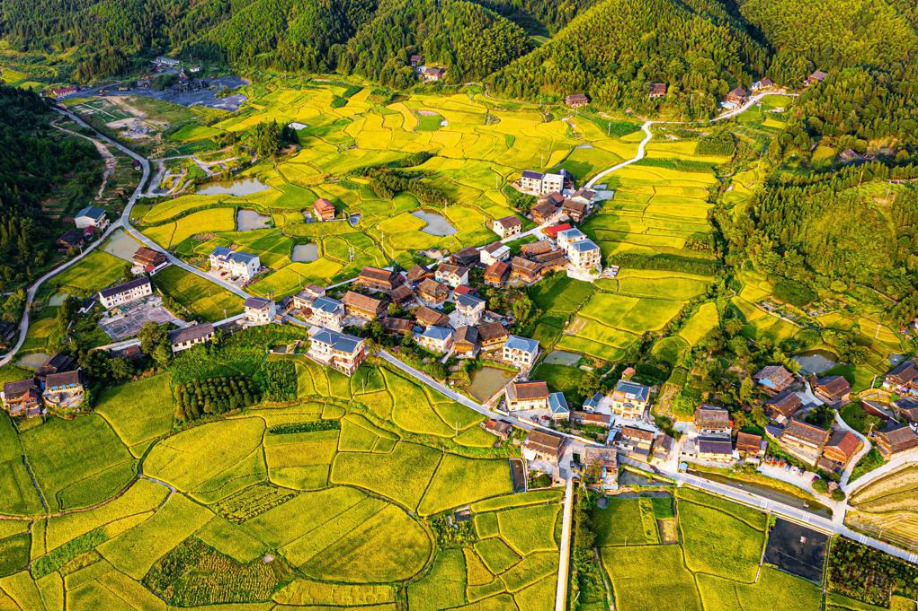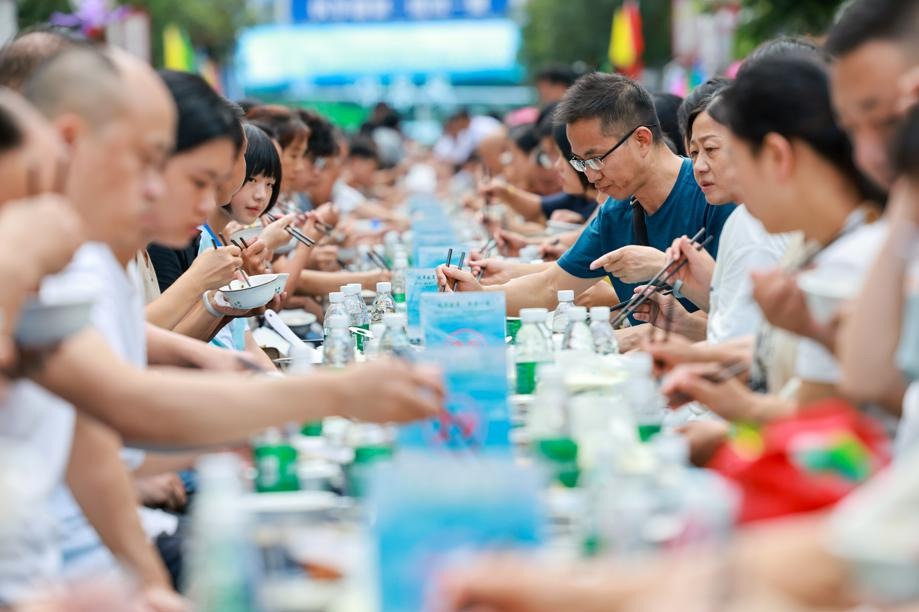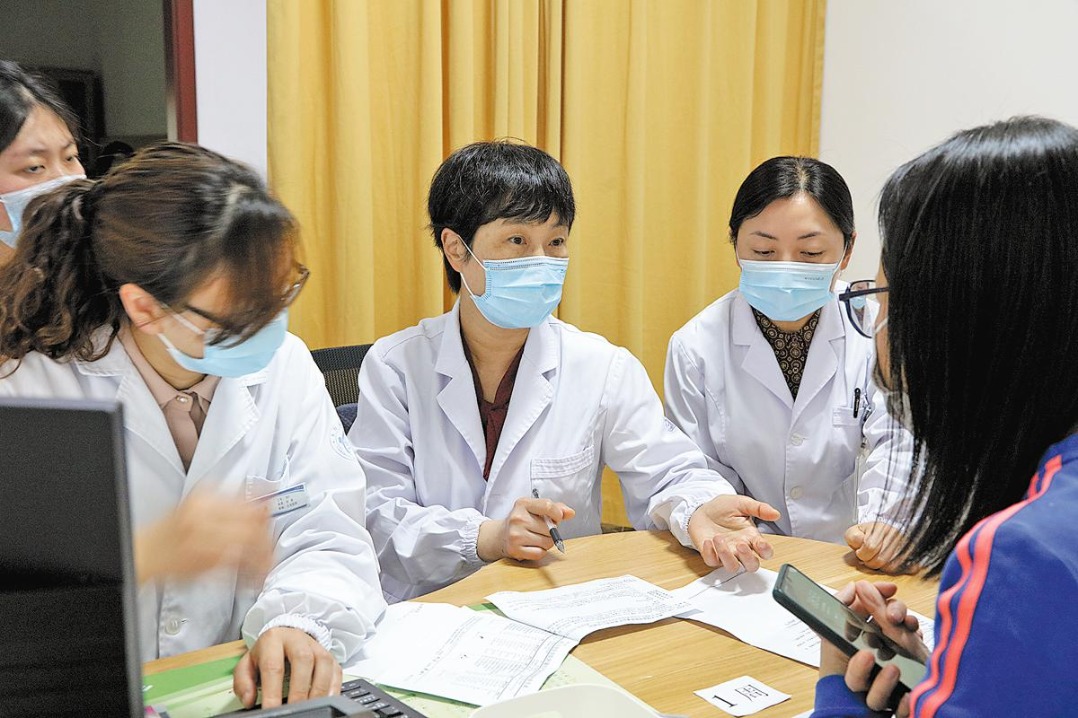Tianjin data center's steel will to save energy
Steelmaker transforms itself from heavy industry workhorse to digital dynamo


Long-term planning
In recent years, green and lowcarbon transformation, along with the development of digital infrastructure, have become key drivers of China's industrial upgrading.
The 13th Five-Year Plan (2016-20) for the Development of Strategic Emerging Industries, issued by the State Council in 2016, proposed building green data centers for the first time.
The 14th Five-Year Plan (2021-25) later emphasized accelerating the construction of a green, low-carbon digital infrastructure system and promoting the deep integration of the digital economy with green development.
Globally, there is a broad consensus on pursuing green, low-carbon and digital growth in parallel. The United Nations Sustainable Development Goals call for promoting sustainable industrialization and upgrading infrastructure, identifying the green transition as a critical path for sustainable growth worldwide.
Tricky transition
"Transitioning from a steelmaker to a data center operator, we found many similarities between the two industries — both are high-energy-consuming sectors with huge demands for electricity," Meng said. "Our park has a self-built 220-kilovolt substation with dual incoming lines from two 500-kV provincial loop stations, making our power reliability and stability the best in the Beijing-Tianjin area."
GiantDC has also laid a dedicated internet line from the park to Beijing's data center clusters, ensuring two-way network latency of less than 2 milliseconds — about one-15th of the blink of an eye. This meets the highest deployment standards for cloud computing nodes and supports cutting-edge applications such as autonomous driving.
"GiantDC's successful transformation is a typical example of Beichen district's efforts to optimize its industrial structure and promote green, low-carbon development," said Ding Qinglan, head of Beichen district's bureau of industry and information technology. "Going forward, we will develop more targeted policies based on the specific needs of different industries to help enterprises achieve high-quality, green growth."
In recent years, Beichen district has continued to promote enterprise transformation and upgrading, encouraging companies to explore innovative paths in carbon reduction, pollution control and environmental greening.
As of the end of last year, the district had 20 enterprises included in the Green Manufacturing Unit pool, and 31 projects had received special funds for high-quality manufacturing development, with a focus on building competitive industrial clusters in intelligent equipment manufacturing and biomedicine.
"We hope GiantDC's transformation will not only be a typical case of traditional manufacturing upgrading, but also a replicable path," said Ding. "At the intersection of the digital economy and green development, Beichen will continue to create new runways for more enterprises to take off."
AI evolution
In an era of rapid technological progress, artificial intelligence has created new opportunities for energy-saving innovation.
On a display screen in the park, core operational indicators such as PUE, power load and changes in temperature and humidity scroll in real time. Data that was once hidden in the equipment is now captured and visualized by an intelligent monitoring system.
This is the iSentry Intelligent Monitoring and Operations Management Platform, developed in-house by GiantDC. It continuously monitors the operational status of the data center, with a special focus on analyzing and dynamically adjusting the energy consumption of cooling systems to help achieve more efficient energy-saving goals.
"Cooling equipment has an optimal power-saving state under different seasons and loads. We let the AI system find that optimal point," said Meng.
Using this system, the data center can conduct continuous automated energy scheduling, enabling equipment to operate in a more energy-efficient manner.
While improving operational efficiency, GiantDC is also exploring socially valuable ways of reusing energy. Together with Tianjin University, it has launched a "waste heat recovery for heating" project, aiming to use low-grade waste heat generated by servers to provide winter heating.
"This heat may not be very high in temperature, but it is stable and controllable. If it can be recovered and supplied to nearby communities, it could replace some of the coal or gas heating," said Meng. "This would not only reduce emissions but also ease the energy burden of urban heating.
"We hope this will not just be a single project but a pilot for a new pathway," he said. "Although there are challenges, as long as the policies and conditions are in place, we are ready to move forward — turning some of the heat from our servers into warmth for thousands of households."
Liu Zixuan and Zhang Yiwen contributed to this story.
yandongjie@chinadaily.com.cn
- Archives confirm war hero's death details
- Surgery successful for man with folded spine
- Yunnan cracks down on mushroom-picking craze
- Xizang forges ahead on road to stability and prosperity
- AI system helps doctors diagnose patients in community healthcare centers
- Tianjin data center's steel will to save energy





































